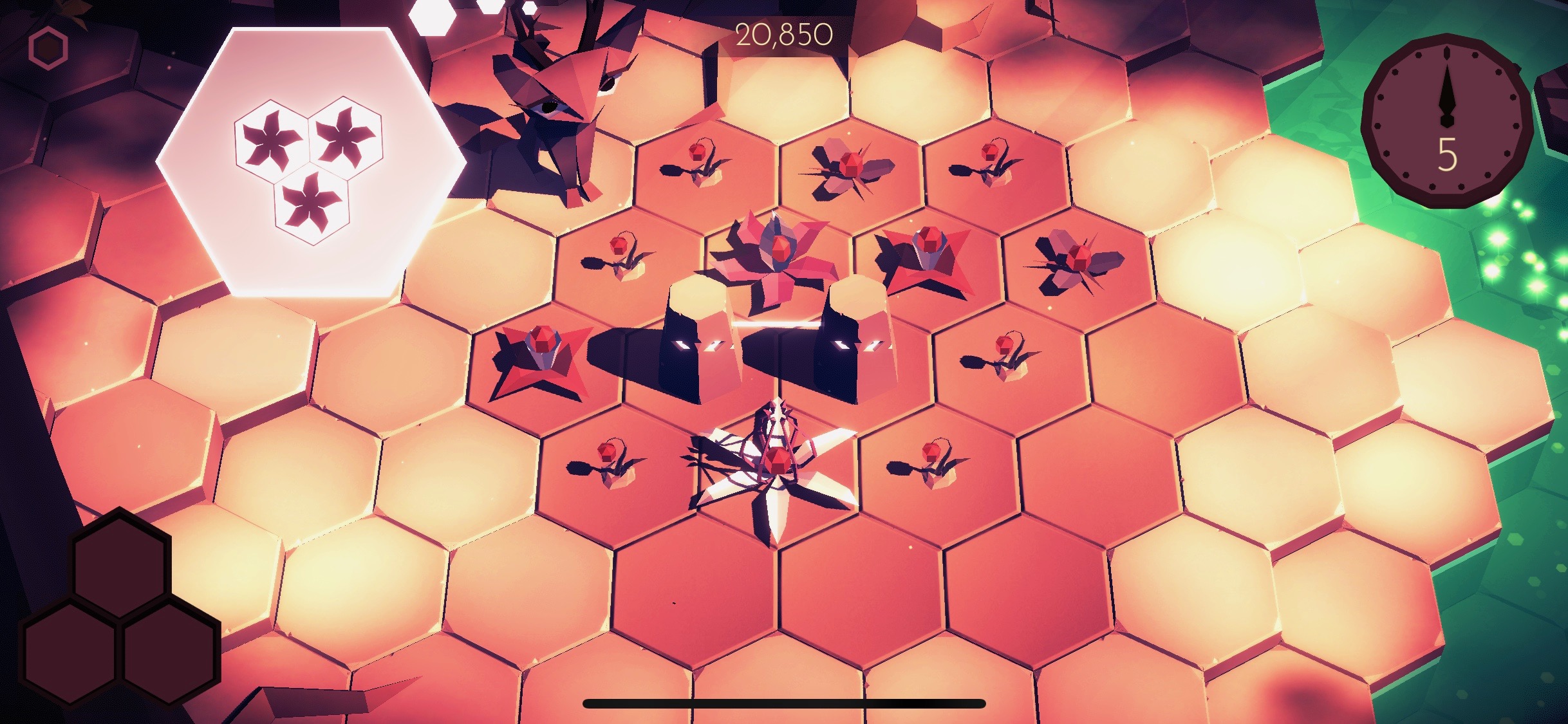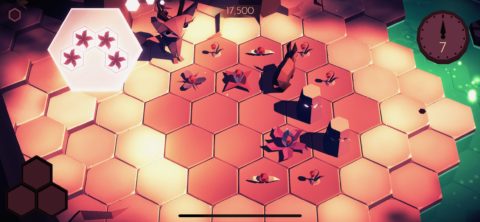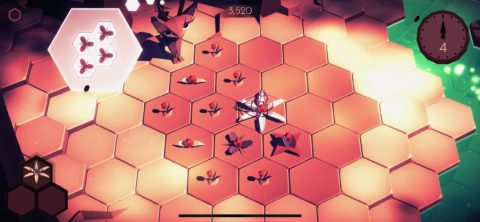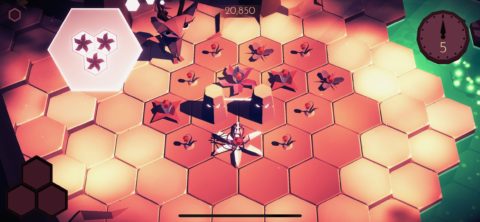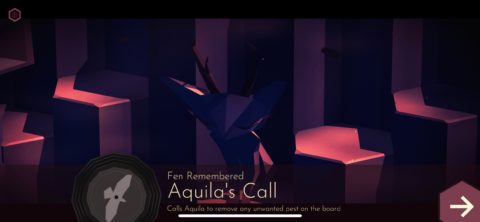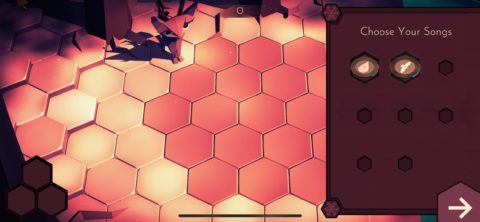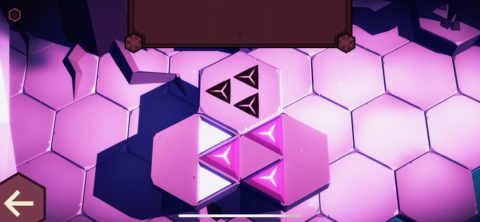Developer: Flippfly
Price: $5/£5
Size: 156 MB
Version: 1.0
Platform: iPhone & iPad
Update! There have literally been three updates since we reviewed Evergarden, only the last of which was in any way significant. And version 1.1.0 merely added a few UI tweaks, a daily mosaic puzzle, and some visual improvements.
How does it play today? The developer hasn’t touched Evergarden all that much since release, and we’re not remotely surprised. It was in impeccable condition at version 1.0, so why disrupt that? Playing it in 2020, its polygonal art style remains bracingly beautiful, while its Triple Town-inflected gameplay is as compelling as ever. The sense of discovery is potent with this one, still.
Revised rating: Still a beautiful, mysterious puzzler. ★★★★½
—–
Our original review, written in August 2018, is presented in its entirety below.
It’s rare that a puzzle game reaches beyond its coldly cerebral mechanics to inspire genuine emotion, but the likes of Monument Valley and Gorogoa have show that it’s possible with enough skill and attention.
Now you can add Evergarden to that exclusive list. Flippfly’s beautiful game is a genuinely heart-warming experience, with a bold yet tasteful aesthetic that stands it well apart from the puzzler crowd.
This is a fairly simple tile-matching game when you get down to the nuts and bolts. It’s all about the gradual evolution of its plant-based playing pieces, with strong shades of Triple Town’s unfurling tech trees.
You start each game on a hexagonal game grid with a few basic seedlings scattered around. You can sow more seeds by dragging from these plants onto empty grid spaces.
By dragging two adjacent matching plants together, you form a single larger plant. This, in turn, can be matched with another to form an even more developed plant, and so on until you form an obelisk.
Forming those obelisks tops up your scant ten-round move allowance, as well as unlocking other powerful properties. As a side-task, you’ll need to form patterns of particular plants as prescribed by the game, which grants you additional ready-made plants that can be placed anywhere on the grid at a moment of your choosing.
One of the main advantages of forming those obelisks is that each one yields a little mystical stone at the end of your run. These can then be slotted into little puzzle boxes to unlock a new ‘song’ – mystical single-use powers that enhance your chances in subsequent rounds.
Like one of its plants, Evergarden is an ever-evolving entity that continues to grow more complex and beautiful in surprising new ways.
Tying this all together is a stunning 3D storybook aesthetic that combines mysterious spirit animals, locked-box contraptions and alien-looking environments. It’s really quite distinctive, yet somehow warmly familiar at the same time.
There are frustrations, not least when a random critter spawns and chomps a path through your carefully grown plants. There’s also no getting away from the sheer repetitive labor that needs to go into every round.
The game also leaves you to figure most of its deeper systems out for yourself, which can be annoying if you don’t manage to get yourself onto its wavelength fairly sharpish.
But that frustration and repetition never really gets close to making you give up on the game, and each revelation and development feels fully earned. There’s always a wonderful reward or a freshly unlocked secret just around the corner.
It’s that sense of discovery that’s at the heart of Evergarden’s appeal, and it’s what will likely keep you playing well into the witching hour.
